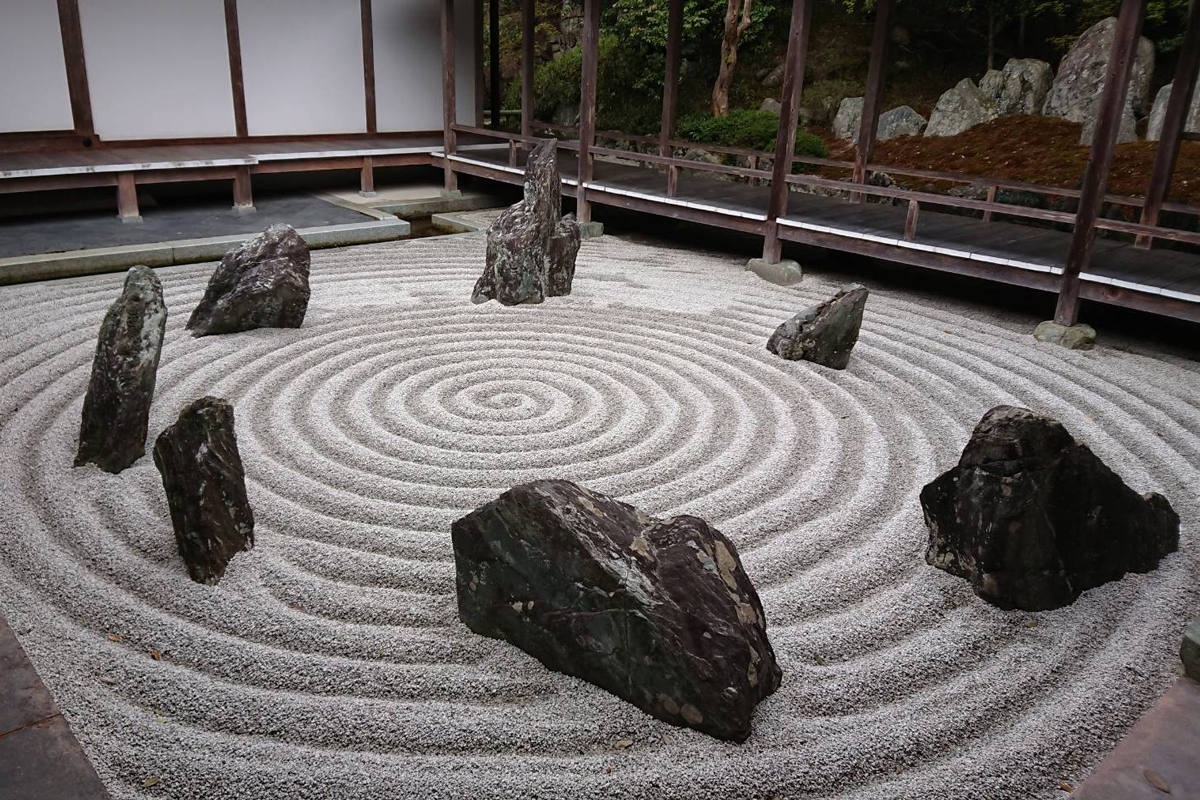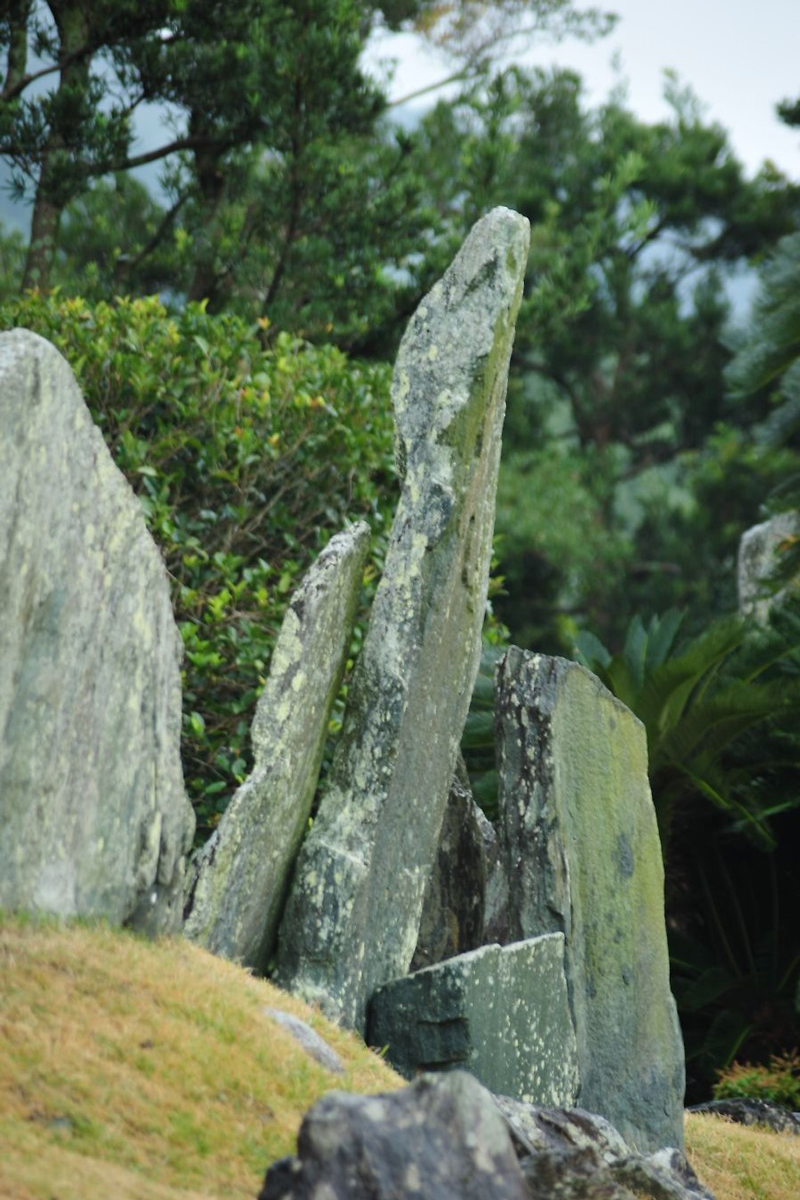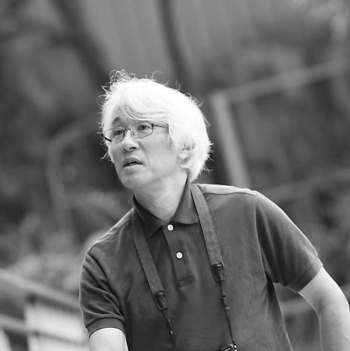
Second article - Light and Shadow in Japanese Gardens
“Light” and “shadow,” which breathe life into Grand Seiko, are the founding stones of the Japanese sense of aesthetics. Opposite yet reliant on each other to exist, how do Japanese people look upon them, and how have they elevated them to the status of beauty? This column will try to elucidate this sense of aesthetics toward “light” and “shadow,” which have taken root in Japan, through the words of experts in various fields.
When talking about Japanese gardens, the Japanese rock garden (often called a Zen garden) that re-creates the world without using water—just rocks and gravel to represent mountains and seas—will probably come to mind. The rock garden is one of the most representative styles of Japanese gardens and is said to have its roots in the late Muromachi period (1336-1573). The rock garden is traditionally designed in whites and grays, with the twin opposites of “light” and “shadow” playing salient roles. The contrast between the shining rocks and gravel and the black produced by the shadows next to them creates a divine beauty.
An example of this interplay between “light” and “shadow” are the samon, or ripple marks, that create motifs on the white gravel. Samon are often used in Japanese rock gardens to draw straight, curved, or spiral lines on the white gravel to create a motif representing waves.

Samon most likely originated at the Kyoto Imperial Palace. The white gravel garden in front of Shishinden Hall, where official ceremonies were held, was always raked clean in lines oriented toward a set direction. It is believed that this aestheticism was brought over to the designing of gardens.
The furrows in the samon are generally around 10-cm deep. The wave pattern emerges over the white gravel due to the presence of both the shiny white gravel hit by the light, and the black of the shadows cast between the furrows in the pattern. For example, look at Kanyo-ji Temple Garden in Yamaguchi Prefecture designed by my grandfather, Mirei Shigemori (1896-1975), one of the Showa era’s (1926-1989) greatest garden designers. The wave pattern starting at the center and spiraling continuously outward toward the exterior found at the feet of the stone representations of Jizo (the bodhisattva Kṣitigarbha) and the children is made clearly visible only by the presence of shadows next to the light. Incidentally, in order to maintain this light-and-shadow effect, it is common for the monks of the temple to rake the pattern once a month. The pattern can be clearly displayed through this constant, beautiful and meticulous work on the gravel surface. Japanese rock gardens demand unwavering dedication. However, this spirituality is thought to be truly Japanese.
Furthermore, traditional tricks of lights and shadows are passed down in the stone arrangements often used in Japanese rock gardens, also one of the characteristics of Mirei’s gardens. Awa-Kokubun-ji Temple Garden in Tokushima Prefecture is one such example. Mirei was also a garden researcher who surveyed numerous Japanese gardens dating from ancient times to modern times, but it is said that when he visited this old garden dating from the Momoyama period (1568-1600), he was greatly moved. The tremendous number of rocks of all sizes, all neatly arrayed, invoke an overwhelming sense of power.

The main actor in generating this power is, in fact, the mae-dare, a tilted vertical stone arrangement. Looking at it from the sides, you can see that it is not actually vertical, but tilted forward toward the people observing it from its front. Thanks to this, the stones gain relief and cast permanent shadows to their front—regardless of the light orientation, firmly highlighting the arrangement’s silhouette in this garden where light prevails. As a result, the stone arrangement increases the power felt. Influenced by this garden, Mirei came to frequently use this mae-dare technique in his gardens, which are usually described as “modern.”

The relation between light and shadow in Japanese gardens has been passed down unbroken to this day and hasn’t changed a lot. Yet some new attempts are being made. One of them is to appreciate such gardens at nighttime, during which the garden is lit. Different from moonlight, this is an answer to the growing need to see the nighttime expression of a garden that was once unobservable.

One example is the Fellow Homes Rooftop Garden I in Nishi-Tachikawa. The garden’s design itself is traditional, but there is a twist to the positioning of the light sources. The lighting for the samon comes from underneath, highlighting the unevenness of the patterns and resulting in a more dramatic contrast between light and shadow. The power of the stones of the mae-dare arrangement also plays a role here. The appearance of the garden at night, unobservable during the day, is generated there.

